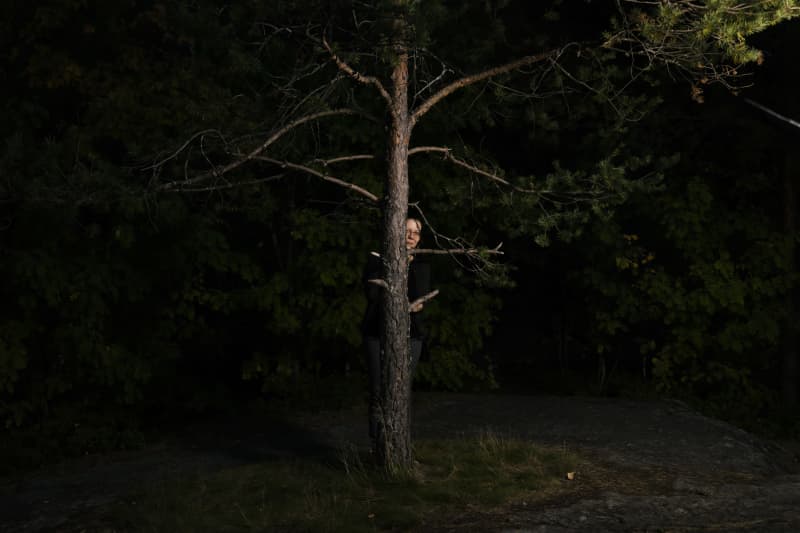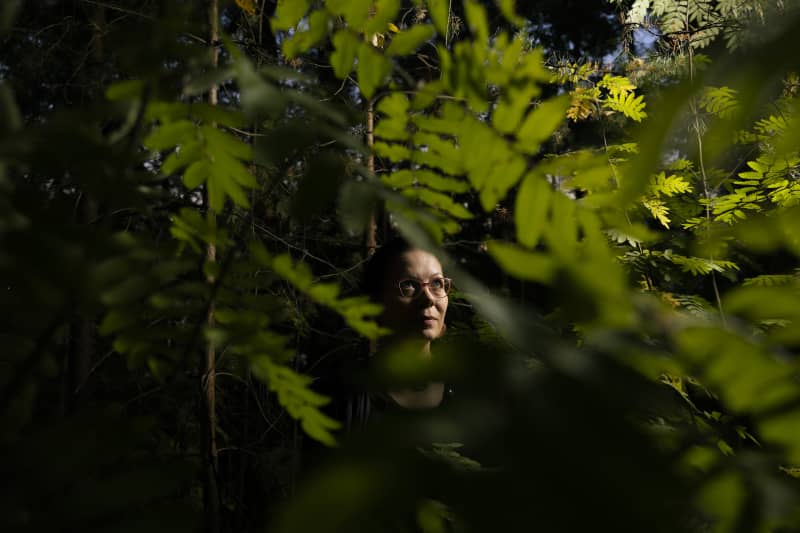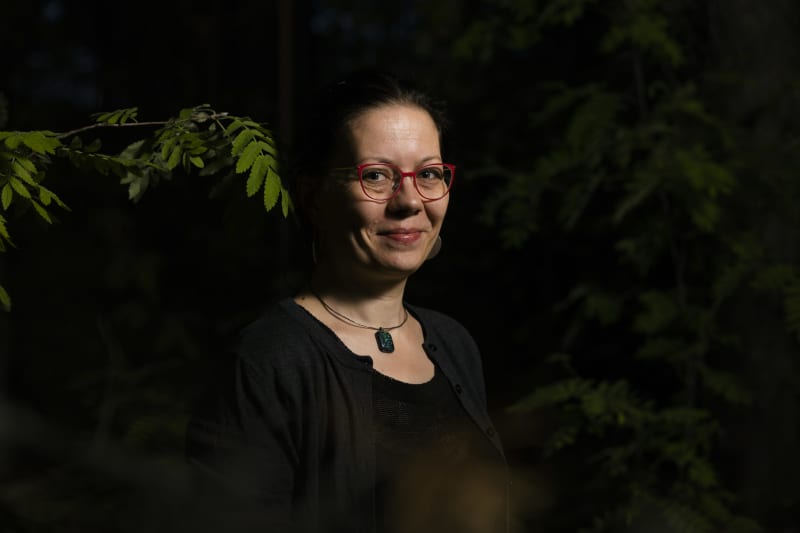Riikka Kaihovaara felt the demand for objectivity in journalism to be burdensome. \”As a documentarian, I can say that, and it’s pretty wild.\”
The director and the main character of the documentary still exchange tense expectations at the theater’s front doors before entering.
The film about Kaihovaara’s pollinator canopy was seen on Friday, August 19 as the opening screening of the Savonlinna Nature Film Festival, and now it is on display at Yle Areena. _The Queen’s Death_ is a follow-up documentary that follows Kaila’s research on the effects of plant protection agents used in rapeseed fields on pollinators.
Using archival material, the film shows which plant protection substances have come onto the market over the years and what kind of consequences they have had on the environment.
The dramatic arch is built with a cutting board
Kaihovaara is known for its historical documentaries and series. The series _Drug-Finland history_, _Sex-Finland history_, _Hivvissä aikeissa_, which deals with race doctrine practiced by Finns, and _Kikki irti liemiesta_, which deals with farm animals, deal with social phenomena and their changes.
– I love that there are a lot of blocks. My films contain self-filmed tracking material, historical archive material and may also contain photographs or graphics, says Kaihovaara.
– Instead, in a conventional follow-up documentary, you are at the mercy of what is recorded on the camera. Then if an essential scene is missed, it will be missed. In the genre I use, you can always fix it.
Kaihovaara likes to work with archival material and enjoys scriptwriting more than filming itself. In contrast to historical documentaries, in follow-up documentaries, the main character’s life takes place in real time: even with a precise script, in the end you can only guess how the story will progress and where the arc of the drama will take place.

Out of editorial
Kaihovaara, who previously worked as a reporter for Yle’s investigative journalism MOT program, is used to tackling socially difficult topics and bringing grievances to the fore, however, with an impartial approach that suits a reporter.
After recently publishing his first book, a collection of essays _Wild man and other natural objects_ (Atena Publishing House 2019) Kaihovaara came \”out of the closet\” with his values and world view.
On the website of the Atena publishing house, it is said that Kaihovaara’s so-called eco-box includes \”asking difficult questions and poking at painful points\”. In the book, Kaihovaara questions common definitions of nature and makes perceptive observations about man’s double moral relationship with nature.
– After writing such a book, I can no longer hide behind the role of a journalist. You can hear what I think about the world in the book, and so also in my future book. I don’t know why I would hold on to any editorship anymore, Kaihovaara states.
Kaihovaara dreamed of a career as a documentarian for a long time before it came true. In 2006, he applied to the Academy of Arts and Sciences for the documentary line, but failed in the last application stage. The second best career option was journalism.
For almost ten years, Kaihovaara worked as a journalist in the MOT program, from which he moved to document editing in 2015.
The main difference between an editor and a documentarian is self-expression. The documentarian is naked with his own opinions. Along with journalism that strives for objectivity and informativeness, the task of the documentary is to tell stories about the world through the means of film.
Documentaries are often made with feeling, based on one’s own interests. A documentarian is expected to have the gifts of a storyteller and a subjective view, while a journalist’s task is to act as a mediator of information.
Kaihovaara has wrestled with the demand for objectivity related to journalism. Making one’s own values and world view visible is in conflict with the role of an impartial information broker.
– The burden of being a journalist has been quite heavy, and it has been difficult to get rid of it. It has been difficult to realize that as a documentarian I have the right and even the duty to cherish my own subjective view and that I can say things out loud.

Environmental matters close to the heart
Like many of today’s climate-anxious youth, Kaihovaara’s natural spark and desire to make a difference ignited already in his teens. At the age of 14, Kaihovaara joined the activities of the Nature Association and felt that through this he could influence people’s attitudes.
Kaihovaara participated in the union’s activities, where civil disobedience was practiced as a way to oppose private cars and protect forests. The abductions gave the desired cause media coverage.
Now Kaihovaara works as a documentarian and writer with the same themes: nature and social criticism.
– All the works are stories about me. The essence of documentary is to use other people and their lives to express oneself. There are huge ethical questions involved. It’s really stressful and exhausting to express what you think about the world with the help of other people.
Riikka Kaihovaara’s documentary The Queen’s Death can be watched at Yle Areena.

